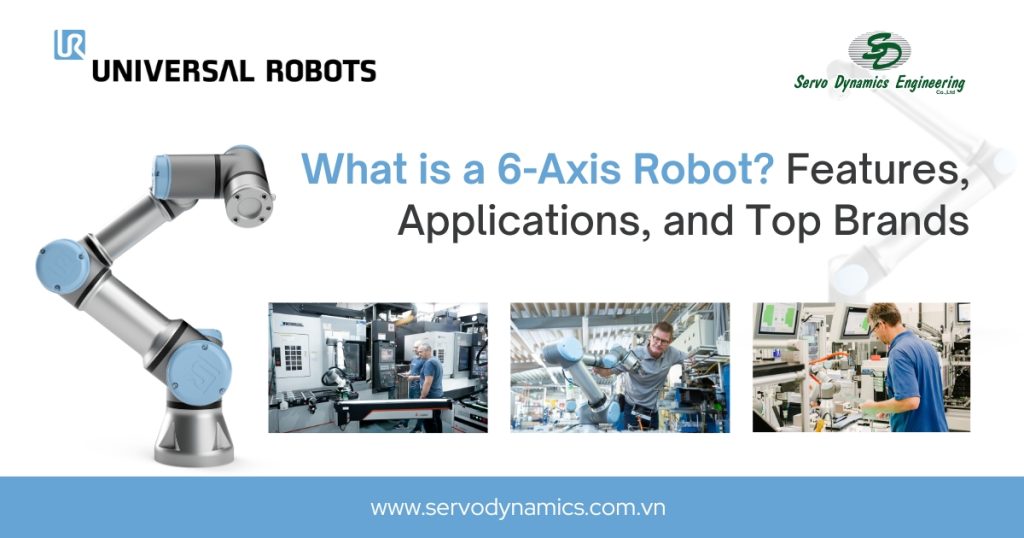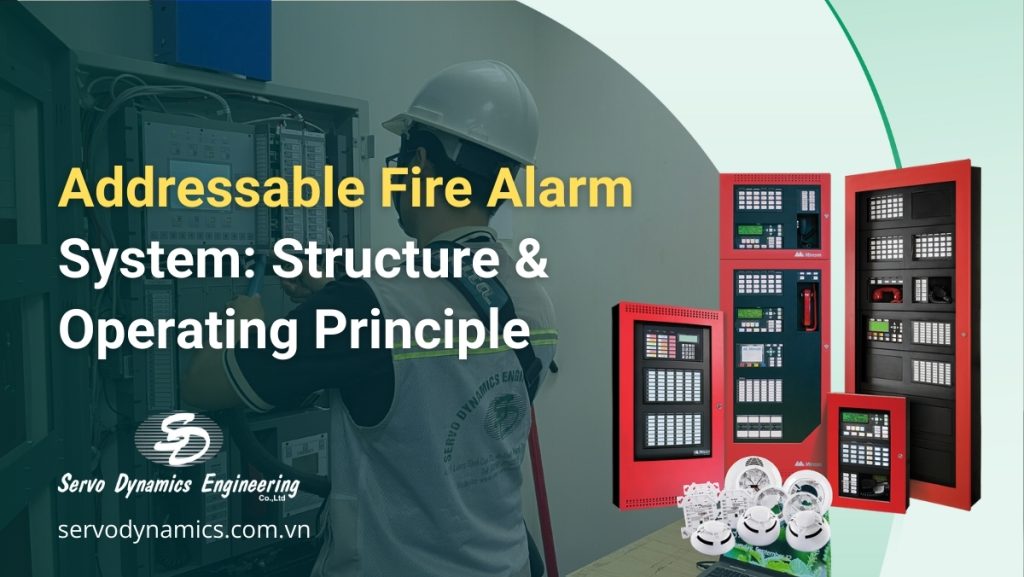Together, we can guarantee food safety, availability and production planning capability for your business. Enhancing food safety from farm to fork First in first out with reliable batch separation and raw material handling. Reduction in inventory costs Reliable material detection guarantees a high level of availability. Increase in productivity Completely empty status warning from the […]
Industrial Automation
Sensors
Industrial Equipment
Motors & Motion Control

 Tiếng Việt
Tiếng Việt












